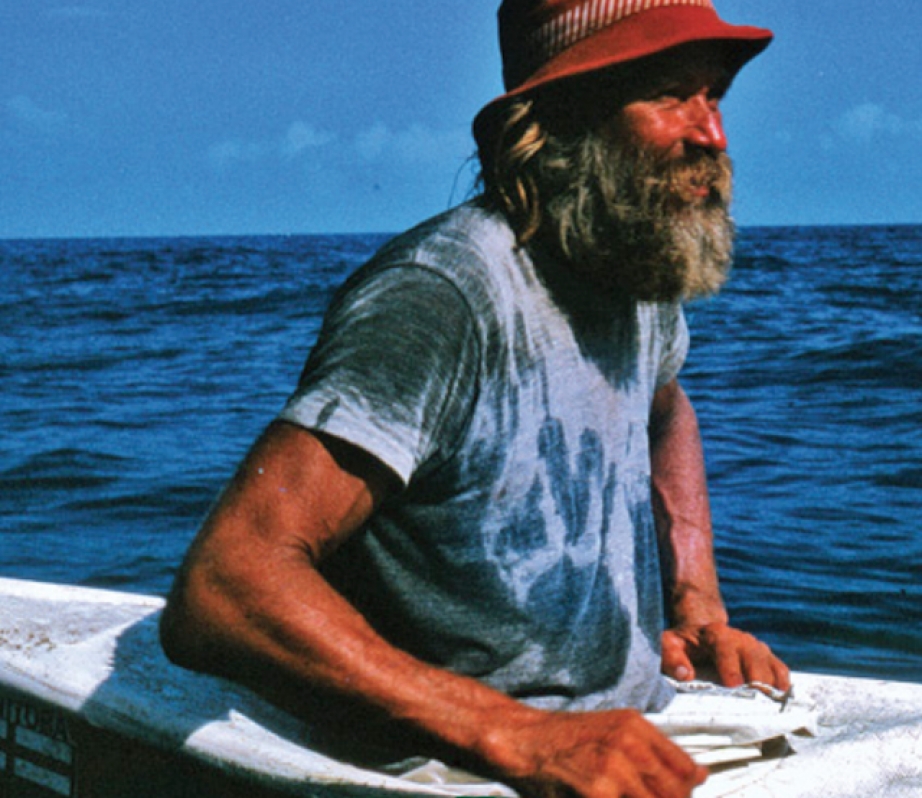Don Starkell and I are talking in Winnipeg, as we do from time to time. He is poking my chest with the stubs of his amputated, once-frostbitten fingers.
“Never,” he growls. “I never wore a PFD on my trips because I didn’t want any false sense of security. It’s hard enough paddling coastal waters and all the hazards they present, without having to worry about a false sense of security.”
That was Don; opinionated, inspiring, accomplished…different. With his passing earlier this year from cancer, we lost a genuine paddling legend.
Don’s passion—his obsession—saw him through two particularly epic journeys in an impressive lifetime paddling resumé.
His 19,603-kilometer jaunt with sons Dana and Jeff from Winnipeg, Manitoba, to the mouth of the Amazon River in Brazil landed him in the Guinness Book of World Records.
His shorter yet fiercely ambitious three-year kayak romp from Churchill, Manitoba, to just short of Tuktoyaktuk, Northwest Territories (he was frozen in just a few kilometers from his goal) very nearly landed him in the morgue.
Don’s journeys added two timeless books to the paddling canon. Paddle to the Amazon (1987) and Paddle to the Arctic (1995) are must-reads for any paddler looking for inspiration.
Don’s story is finding new life in 2012. In March, there was an online reunion of all of the principals involved in the Paddle to the Amazon odyssey, except Don, in a live webcast hosted by filmmaker Chris Forde. Forde didn’t hear about Paddle to the Amazon until some time after the book was published, but one read was all it took for the Toronto documentarian to begin an 11-year journey to bring the Starkells’ achievement back into public consciousness. Forde is in the process of creating a multi-layered, interactive film and website that will inspire budding adventurers for years to come.
What is it about Don Starkell that makes his life story so compelling?
For me, it is that he acted on what he believed in and drew us all along with him. More importantly, in imagining the canoe as a vessel in which to travel a north-south axis, he added a rich international complexity and diversity to the east-west fur trade axis that we all know and love. But Don did more than that.
He is one of those rare individuals who dared to imagine and to commit everything to following through. In the opening sequence of Forde’s film, Don is speaking. “I love the word imagination,” he says to the camera. “…dreams are only dreams. Imagination flowing in action is reality.”
James Raffan sneaks into the storage facility at the Canadian Canoe Museum to walk past the Starkells’ Amazon canoe, Orellana, to remind himself that anything is possible.

This article first appeared in the Early Summer 2012 issue of Canoeroots Magazine.




